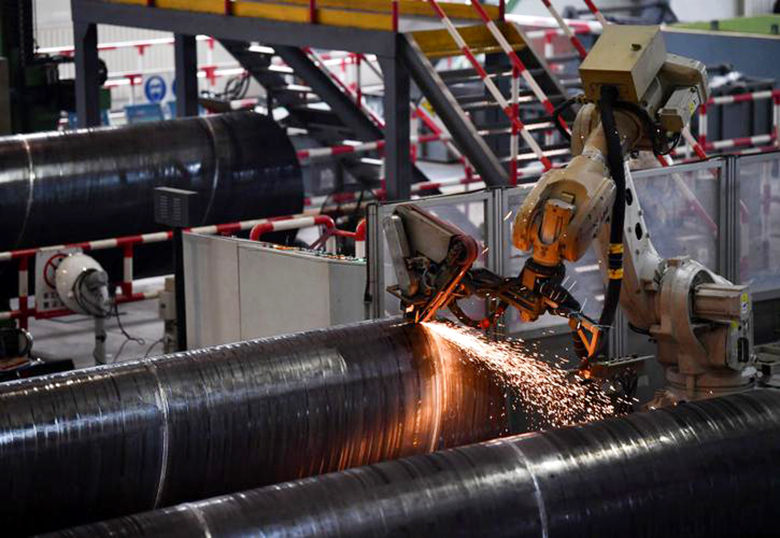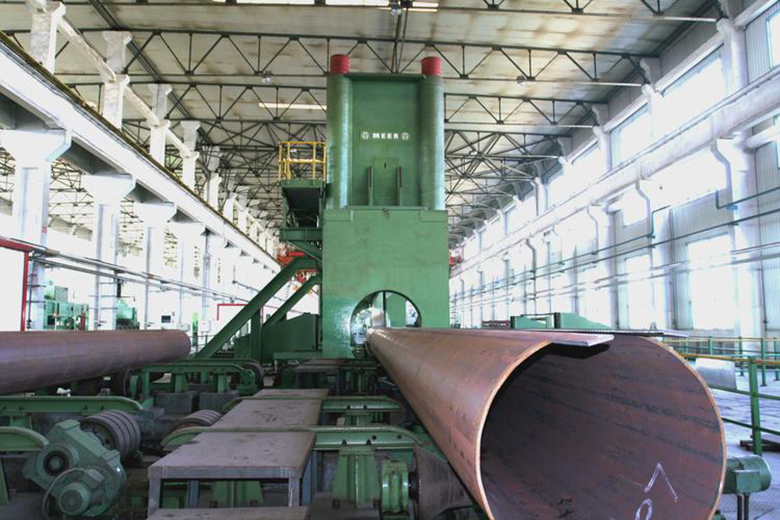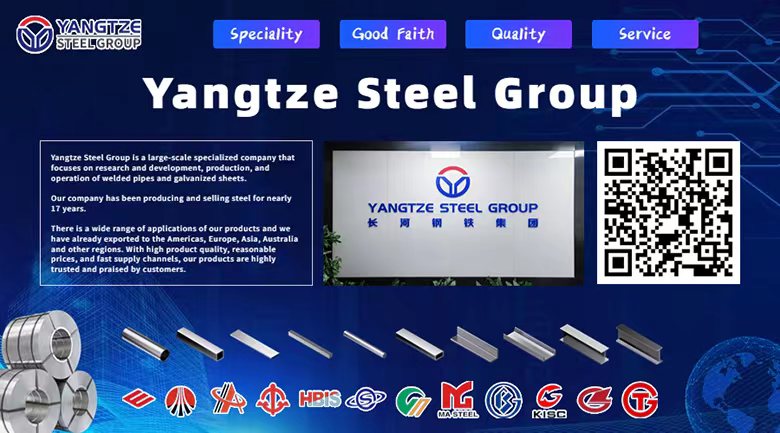PSL1 steel pipe: standards, applications
1. PSL1 steel pipe manufacturing process
The manufacturing process of PSL1 steel pipe mainly includes hot rolling and cold rolling. Hot rolling is carried out at high temperature and is suitable for the production of large diameter steel pipes; cold rolling is carried out at room temperature and can provide higher precision and smoother surface. Heat treatment and cooling are also required during the manufacturing process to ensure that the performance of the steel pipe meets the standards.

2. Raw materials
The raw materials of PSL1 steel pipes are usually high-quality carbon steel and alloy steel. These materials must comply with API 5L standards and undergo strict inspections to ensure that the chemical composition and physical properties meet the requirements.

3. PSL1 delivery conditions
The delivery conditions of PSL1 steel pipes include:
① Size and wall thickness: customized according to customer needs.
② Surface treatment: coating or anti-corrosion treatment can be performed as required.
③ Packaging method: ensure transportation safety.
4. Chemical composition of PSL1 steel pipe
Chemical composition of PSL1 steel pipe | |||
C | Mn | P | S |
≤ 0.26% | 0.4% - 1.2% | ≤ 0.03% | ≤ 0.03% |
5. Mechanical properties of PSL1 steel pipe
Tension strength | Yield Strength | Elongation |
≥ 415 MPa | ≥ 240 MPa | ≥ 20% |
6. Application fields
① Oil and gas transportation
② Water conservancy projects
③ Industrial pipelines
7. Alternative Materials
PSL2 steel pipe | Higher compressive strength, suitable for high pressure environment |
Stainless steel pipe | High corrosion resistance, suitable for corrosive fluids |
Alloy steel pipe | Excellent performance under high temperature and high pressure |
PSL1 steel pipe plays an important role in the oil and gas industry due to its stable performance and wide application. Understanding its standards, chemical composition and mechanical properties will help to make more appropriate material selection in practical engineering.









